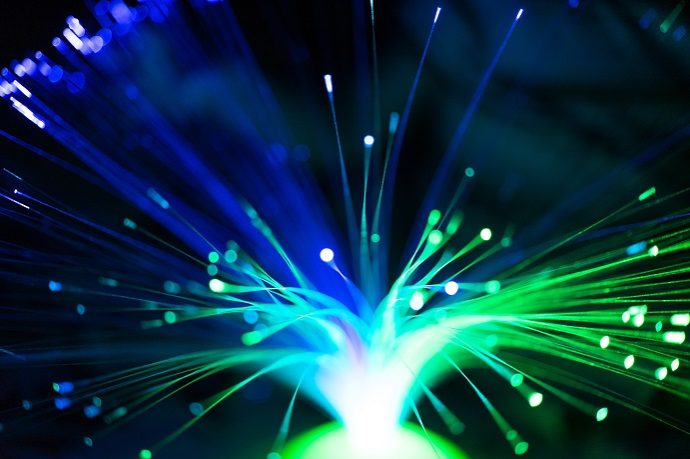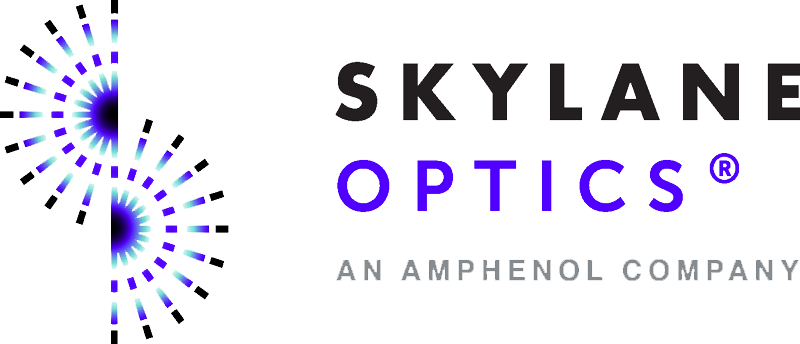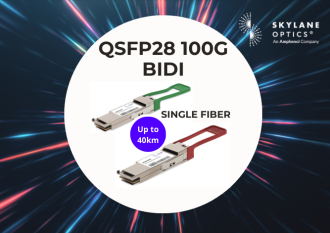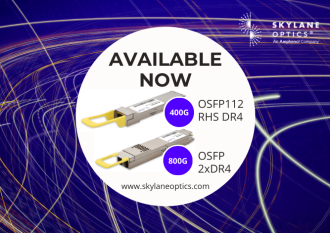Fundamentals Of Optical Networks

What is an optical network?
An optical network is a collection of interconnected terminals who share data in the form of light. The data travels through special kind of cables called optical fibers. Today’s internet, television and telephones are highly dependent on optical networks. Although we don’t see optical fiber cables connecting to our Wi-Fi routers or computers directly, the global optical network is the backbone of the world.
But light travels in a straight line. Does that mean optical fibers have to be laid straight to transmit data?
Although, light travels in a straight line, optical fibers use a very important property of light called refraction. When light travels from one medium to another it tends to bend towards or away from the normal (line perpendicular to the cross section of the mediums). When light travels from an optically denser medium to a rarer medium it tends to deviate away from the normal. At a certain incidence angle (>critical angle) light starts to get reflected from the boundary region. This is called Total Internal Reflection.
Optical fiber cables, typically thinner than a human hair, consist of a silica core enclosed by cladding with a lower refractive index to enable Total Internal Reflection. In the communication industry, two main types are employed: Single Mode Fibers (SMF), which permit a single propagation path and are suited for long-distance data transmission due to their smaller core diameter, and Multi-Mode Fibers (MMF), with a thicker core used for transmitting high-power data over shorter distances.
Fiber Optics & Education

Facilitating seamless network enhancements to support the achievement of academic goals for students, whether they are learning online or offline.
From elementary schools to higher education institutions, all size of educational establishments are confronting IT infrastructure obstacles. Today’s hybrid education, both students and faculty necessitate enhanced speeds and more reliable connectivity within classrooms and across different buildings.
Fiber optics play a crucial role in remote learning by offering faster and more reliable internet connections, eliminating the issues of slow downloads and interruptions in online resources. This technology significantly enhances the quality and effectiveness of distance education.
Prioritize uninterrupted learning experiences.



